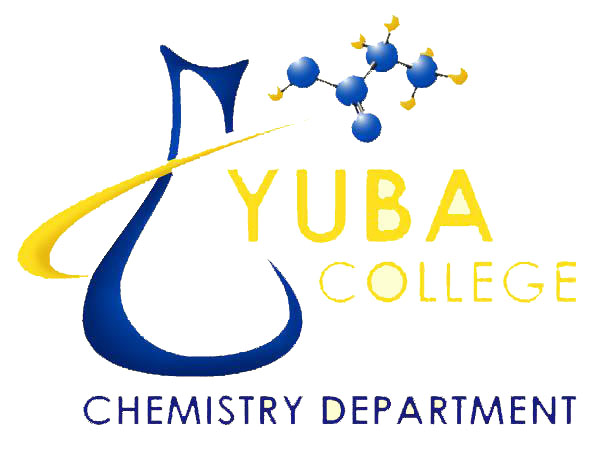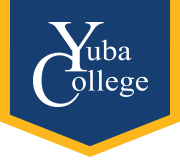 Chemistry is a branch of physical science that studies the composition, structure, properties and change of matter. In this realm, chemistry deals with such topics as the properties of individual atoms, the manner in which atoms form chemical bonds in the formation of compounds, the interactions of substances through intermolecular forces to give matter its general properties, and the interactions between substances through chemical reactions to form different substances. Chemistry is sometimes called “the central science” because it relates closely to other natural sciences such as physics, geology and biology.
Chemistry is a branch of physical science that studies the composition, structure, properties and change of matter. In this realm, chemistry deals with such topics as the properties of individual atoms, the manner in which atoms form chemical bonds in the formation of compounds, the interactions of substances through intermolecular forces to give matter its general properties, and the interactions between substances through chemical reactions to form different substances. Chemistry is sometimes called “the central science” because it relates closely to other natural sciences such as physics, geology and biology.
The Chemistry program at Yuba College prepares students to apply fundamental chemical principles to a wide variety of subjects in the natural and applied sciences. The courses offered by the Chemistry department provide integral support for programs of study in a diverse array of academic endeavors.
Faculty
Kevin Orton, Ph.D. Dr. O’s webpage
Professor of Chemistry
530-741-6740 phone
530-749-3854 fax (shared)
korton@yccd.edu
Shalini Chauhan-Trehan
Adjunct Professor of Chemistry
schauhan@yccd.edu
Charles Bass, Ph.D.
Adjunct Professor of Chemistry
cbass@yccd.edu
Staff
Susie Courpet
Chemistry Laboratory Technician
530-741-6799 phone
530-749-3854 fax (shared)
scourpet@yccd.edu
Courses
CHEM 1A‒ General Chemistry (5 units) CSU/UC – UC Unit Limit
Prerequisite: MATH 52 or equivalent with a “C” or higher, and one year of high school chemistry with a grade of “B” or higher, or CHEM 2A or CHEM 50 or equivalent with a grade of “C” or higher.
Fundamental principles of inorganic chemistry; nomenclature of inorganic compounds, chemical formulas, equations, and reactions; stoichiometry; structure of atoms, ions, and molecules and periodic table; oxidation-reduction and acid-base reactions; equilibrium, gas laws; thermochemistry and equilibrium. (L,M)
CHEM 1B‒General Chemistry (5 units) CSU/UC – UC Unit Limit
Prerequisite: CHEM 1A with a grade of “C” or better
Continuation of the development of fundamental principles of chemistry and application of principles developed in CHEM 1A. Principles of inorganic chemistry, including intermolecular forces, solutions, colligative properties, kinetics; further aspects of equilibrium including acid-base and solubility equilibrium, thermodynamics, electrochemistry, descriptive chemistry, and qualitative analysis; coordination chemistry. Nuclear chemistry may be presented as time permits. (L,M)
CHEM 2A‒Introductory Chemistry (5 units) CSU/UC – UC Unit Limit
Introduction to fundamental principles of inorganic chemistry; structure and bonding, nomenclature, chemical equations and reactions, stoichiometry, acids, bases, and chemical equilibrium, redox, gases, solutions, and nuclear chemistry. Not open to students with credit in CHEM 1A or equivalent. MATH 50 with a “C” or better strongly recommended. (L,M)
CHEM 2B‒Introductory Chemistry (4 units) CSU/UC – UC Unit Limit
Prerequisite: CHEM 1A or CHEM 2A
Introduction to fundamental concepts of organic and biochemistry. Topics of instruction include (1) structure, nomenclature, and reactions of some organic compounds and drugs, (2) stereochemistry, (3) structure and metabolism of carbohydrates, lipids, proteins, enzyme activity and inhibition, nucleic acids and DNA, and (4) bioenergetics. Completion of this course along with CHEM 2A is designed to satisfy the requirements of those allied-health career programs which require two semesters of chemistry. (L,M)
CHEM 10‒Concepts of Chemistry (3 units) CSU/UC – UC Unit Limit
A survey of basic concepts and practices of chemistry. Designed for non-science majors desiring an introduction to fundamental chemistry concepts and skills. Not intended for students who will enroll in subsequent chemistry coursework. (L)
CHEM 18A‒Organic Chemistry for Health and Life Sciences (4 units) CSU/UC
Prerequisite: CHEM 1B with a grade of “C” or better
Designed for students planning professional school studies in health and life sciences. A rigorous, in-depth presentation of basic principles with emphasis on stereochemistry and spectroscopy and preparations and reactions of aromatic and nonaromatic hydrocarbons, haloalkanes, alcohols and ethers. Reactions include SN1, SN2, E1 and E2. (M)
CHEM 18B‒Organic Chemistry for Health and Life Sciences (4 units) CSU/UC
Prerequisite: CHEM 18A with a grade of “C” or better
A continuation of CHEM 18A. Designed for students planning professional school studies in health and life sciences. Emphasis on the preparation, reactions and identification of organometallic compounds, aldehydes, ketones, carboxylic acids, and their derivatives, alkyl and acyl amines, b-dicarbonyl compounds, and various classes of naturally occurring, biologically important compounds. (M)
Associate Degree in Chemistry
Required Courses
CHEM 1A/B General Chemistry
CHEM 18A/B Organic Chemistry for Health & Life Sciences
MATH 1A/B Calculus
Plus the following:
PHYS 2A/B General Physics
PHYS 3A/B General Physics Lab
OR:
PHYS 4A Mechanics
PHYS 4B Electromagnetism
Student Learning Outcomes (SLOs) for Chemistry
The faculty members of the Chemistry program have written student learning outcomes (SLOs) in order to articulate with clarity and completeness the learning and performance that all of their students will reliably demonstrate upon completion of this program of study.
The program faculty resolve that:
- Gathering evidence of academic accomplishment – the knowledge, skills and competencies that our students gain as a result of their experience in our program – is a continuous process.
- Furthermore, this occurs at various levels and across many dimensions, and the findings are intended to enable us to make improvements, assess the impact of changes in our program and provide evidence of learning outcomes of our students.
Further information:
Links
American Chemical Society
Chemistry Award
College Success Center (small group tutoring)
MESA Program
Mole Day
Periodic Table
